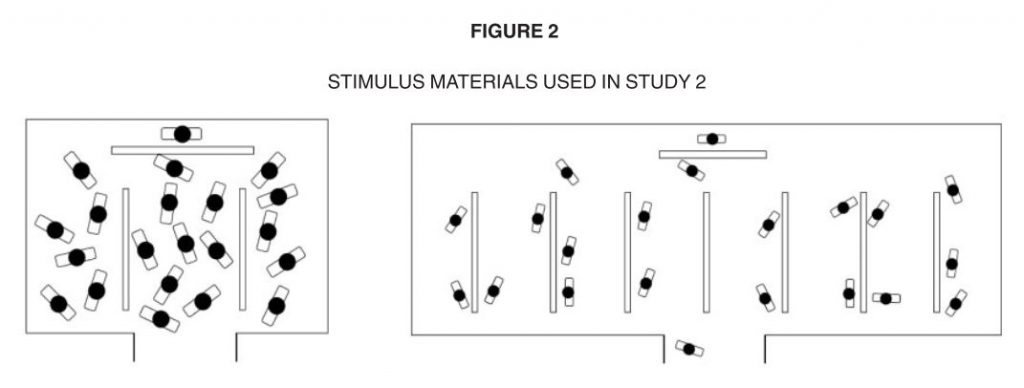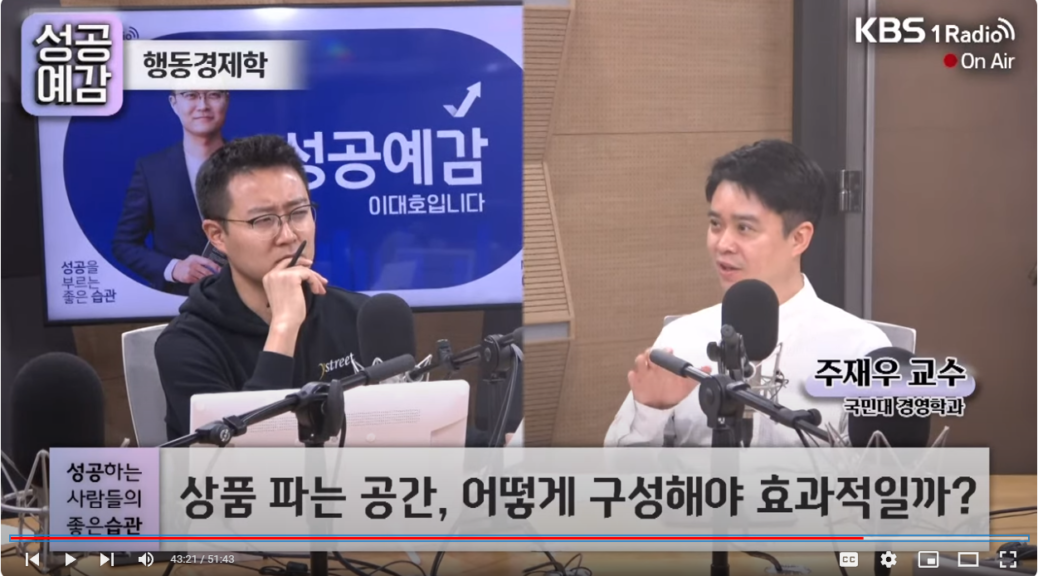그러니까 장사를 하는 공간에도 일명 미니멀리즘을 접목하란 거군요?
“사람들은 텅 빈 공간을 돈을 주고 구매합니다. 넓고 탁 트인 공간에 한가롭게 놓여진 제품은 돈과 시간이 풍족하고 지위가 높은 사람이 구매하는 비싸고 가치 있는 제품이라고 예상합니다.”
*행동경제학개론
상품 파는 공간, 어떻게 구성해야 효과적일까?
– 비싼 상품 파는 공간들의 공통점
– 매장 혼잡도가 낮아지면 상품 기대가 높아져
– 넓고 탁 트인 #공간 에 한가롭게 놓여진 제품 가치 높아
– #주재우 교수 (국민대학교 경영학과) #kbs1라디오 #라디오 #KBS라디오 #시사라디오 #KBS1Radio #성공예감이대호입니다 #성공예감 #이대호
***
Reference
O’Guinn, T. C., Tanner, R. J., & Maeng, A. (2015). Turning to space: Social density, social class, and the value of things in stores. Journal of Consumer Research, 42(2), 196–213.
This article is about social space and material objects for sale within that space. We draw primarily on Goffman’s (1971) concepts of use space and possession territories to predict that as the social density of a given space increases, inferences of the subjective social class and income of people in that space fall. Eight studies confirm that this is indeed the case, with the result holding even for stick figures, thus controlling for typical visual indicators of social class such as clothing or jewelry. Furthermore, these social class inferences mediate a relationship between social density and product valuation, with individuals assessing both higher prices and a greater willingness to pay for products presented in less crowded contexts. This effect of inferred class on product valuation is explained by status-motivated individuals’ desire to associate with higher-status people. To the best of our knowledge, this research is the first to reveal the link between social density, status inferences, and object valuations. As such, it makes a novel contribution to what has come to be known in sociology as the topological turn: a renewed focus on social space.


